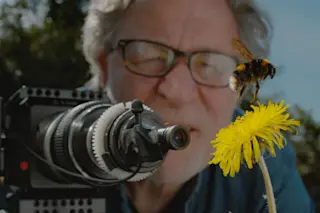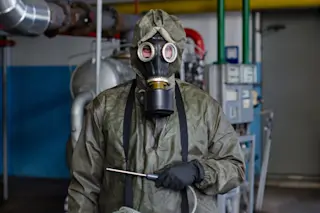Halloween is a-comin’ and this Sunday brings us AMC’s The Walking Dead. In honor of that, we’re discussing The Ethics of the Undead here at Science, Not Fiction. This is part III of IV. (Check out parts I, & II)
Are zombies really dead? How do we know? People are often reported “clinically dead” only to be revived later. If it is moving, if it reacts to stimuli like a food source or sounds, and if metabolic processes are in play, how can we call a zombie dead?
The most basic definition of life is the ability to have “signaling and self-sustaining processes” as the all-knowing Wikipedia tells us:
Living organisms undergo metabolism, maintain homeostasis, possess a capacity to grow, respond to stimuli, reproduce and, through natural selection, adapt to their environment in successive generations.
Zombies do indeed undergo a qualified form of metabolism, sort of maintain homeostasis, and definitely ...














